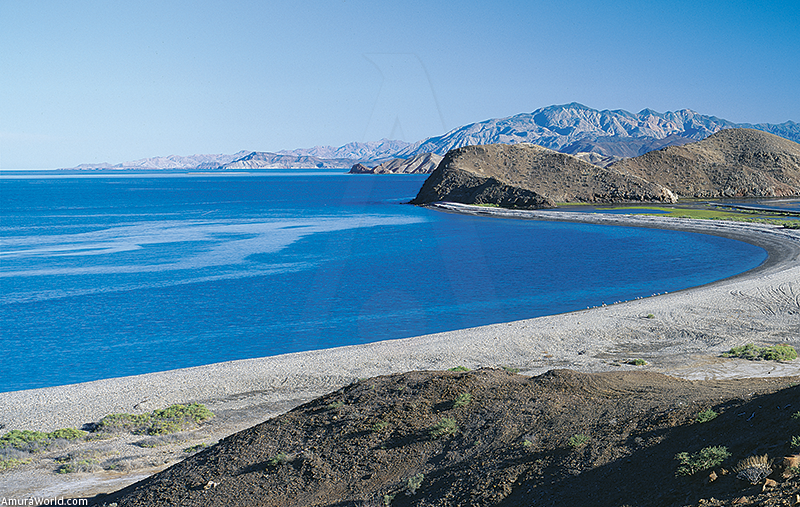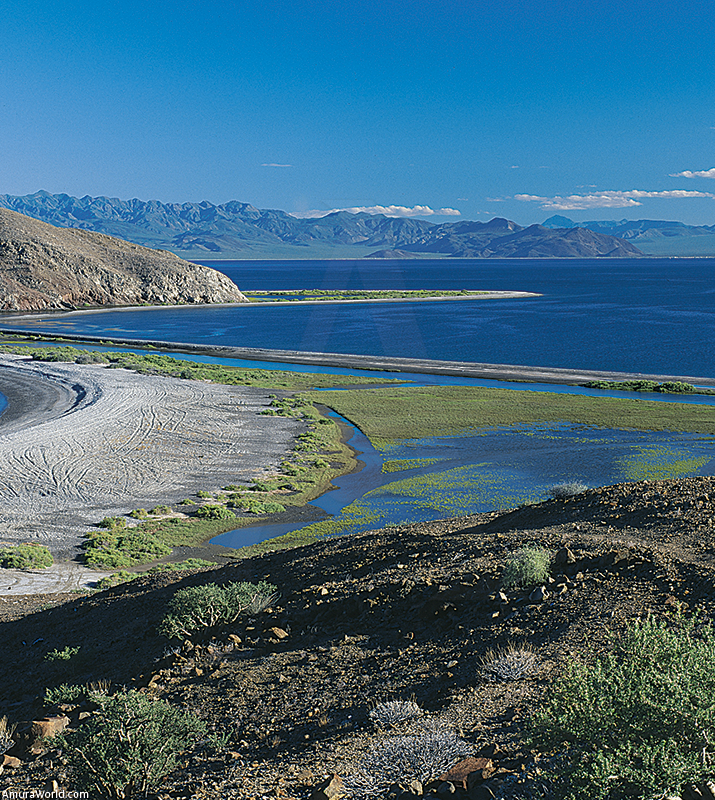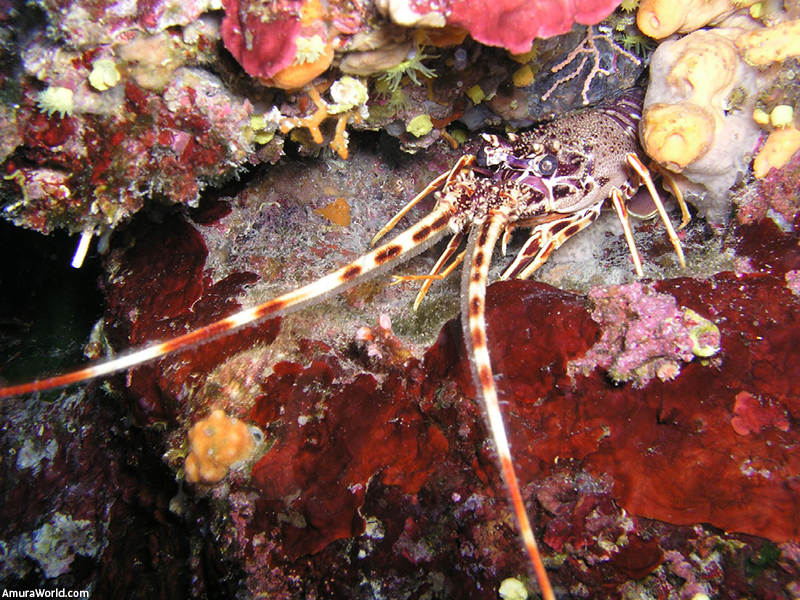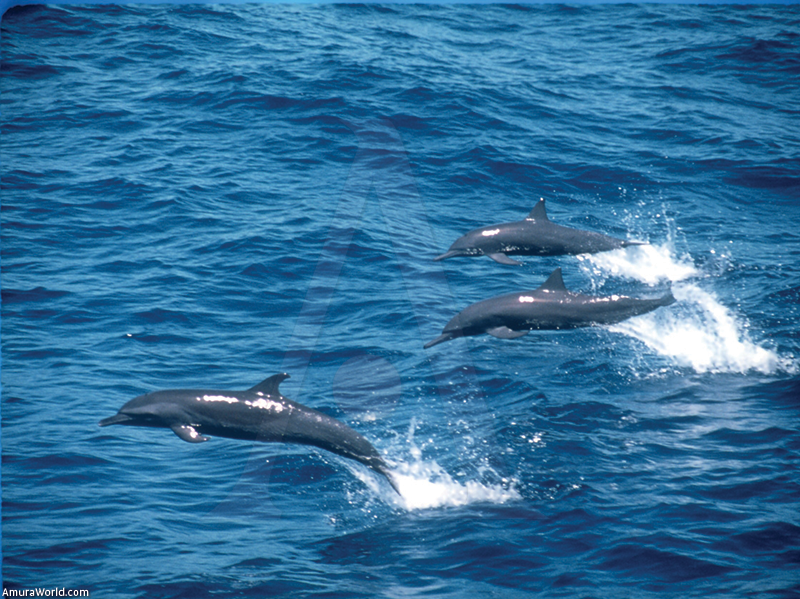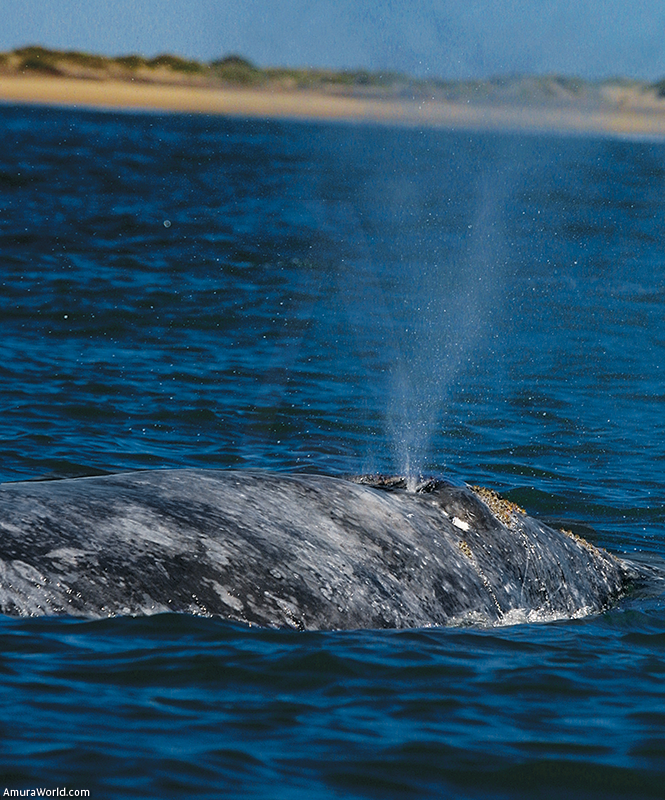I was very pleased when I found out that this article was going to be about Loreto, in the Sea of Cortez, because it is one of those places that bring back fond memories.
Small Loreto is located in the central part of the Baja California peninsula. The former capital of the Californias and its first permanent mission, it was established by Juan María de Salvatierra, a Jesuit priest, on October 25, 1697.
When visiting this place surrounded by wonderful scenery, where the imposing Sierra de la Giganta, the mystic desert and the incredible Sea of Cortez meet, you will understand why this legendary Jesuit decided to settle here.
I reached this small part of Mexico with the dream of seeing and filming whales, those giants of the sea, which, year after year, arrive in Loreto’s nearby coral reefs. I had had few chances to visit a place such as this one, where the surroundings are arid and, at sunset, the cliffs reflect the rays of the sun in an inimitable way. When I begin to dive into the blue sea the last thing I see are the enormous cacti and a land burnt by the desert sun. My feelings cannot grasp what is happening because, beneath the water, everything is completely different.
The brown, ochre and red shades change and become an explosion of colors and life. On the wall of the cliff I can see hundreds of different organisms that open and close when I get near.
Unique lined butterflyfish, aggressive green and jewel morays, timid hermit crabs, prized lobsters, sea urchins, delicious abalone and clams are everywhere.
Even though my main reason for being here was to observe blue whales, gray whales, hunchback whales, fin whales, timid sperm whales and feared killer whales in their natural environment, as well as sea lions, I could not help but be amazed by the small, but just as amazing, creatures like nudibranches, whose colors and forms defy imagination.
And, when you think you have seen everything, from afar, and seemingly out of nowhere, joyful sounds can be heard. They are produced by an enormous school of spinner dolphins (which the local people call delfín tornillo). They are accompanied by tuna, that very appreciated fish, which are closely following sardines, their favorite food.
The water is exceptionally transparent and fresh. I reach 25 meters (82 feet) of depth and stay calm, controlling my breathing, with my nerves on edge and my camera ready, since I know that, at some moment, any of the whales I mentioned before might make their appearance. I can clearly hear their songs but I cannot tell how far away they are. In the meantime, I ask myself what causes the incredible diversity of life found in Baja California. I imagine it is because few of the world’s geographic accidents are as representative as this one.
In it, the rich, green waters of the Pacific Ocean blend with those of the Sea of Cortez and produce one of the world’s most beautiful and interesting marine regions. This time the whales did not appear but, even so, diving in this spot left my heart and mind filled with many pleasant memories.
Text: Alberto Friscione Carrascosa ± Photo: FONATUR,Prisma Visual, W

